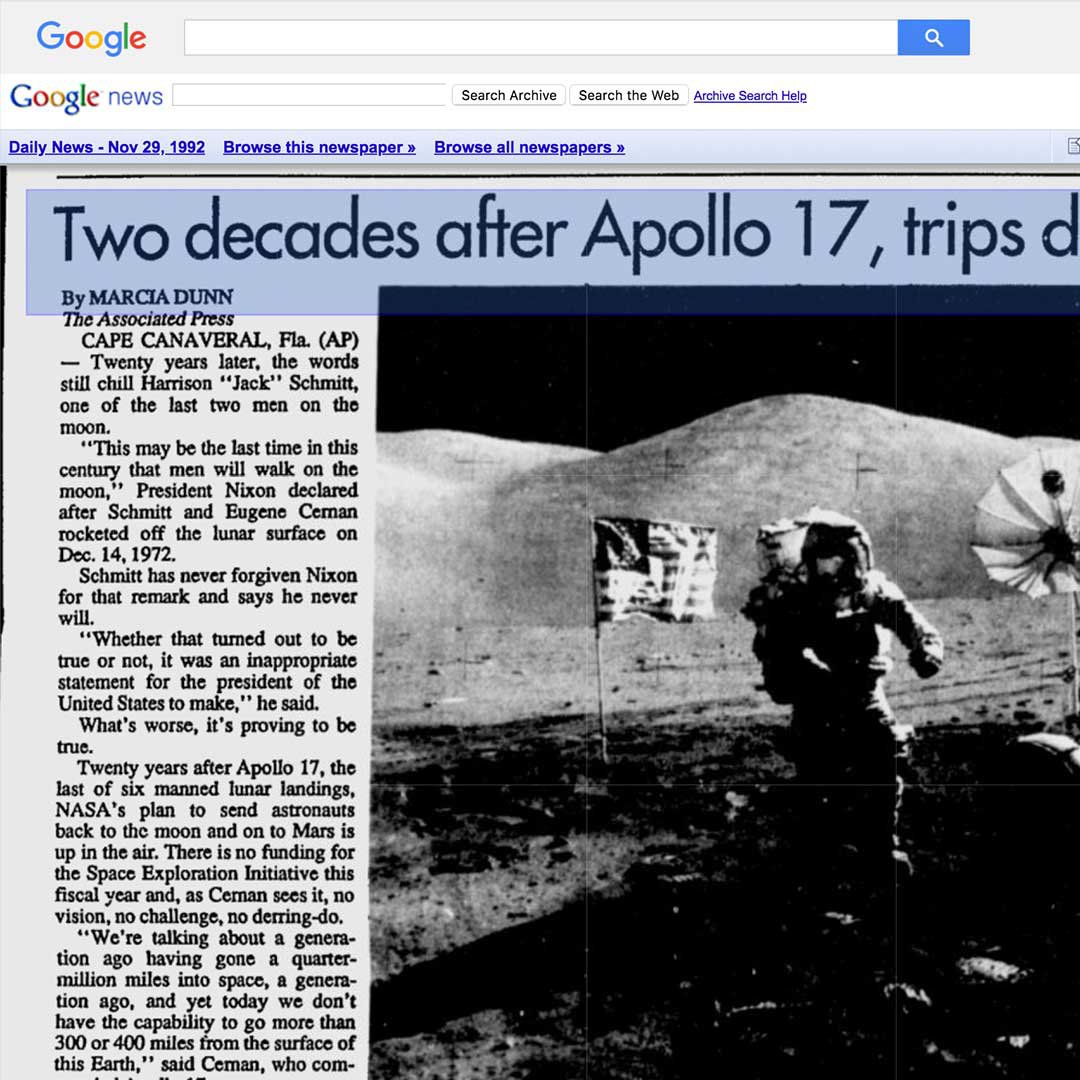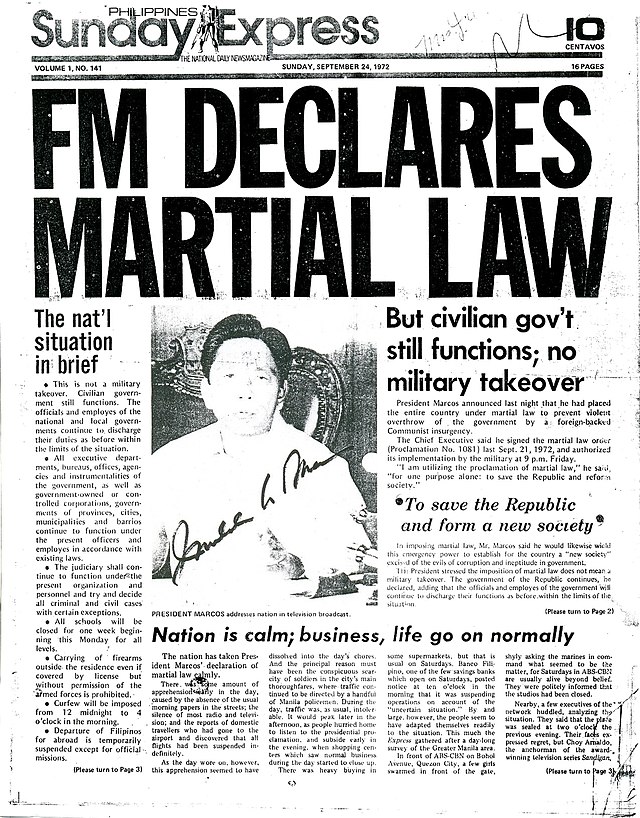Little Known Facts About News Articles.
Table of ContentsThe Ultimate Guide To News Articles6 Simple Techniques For News ArticlesThe 45-Second Trick For News ArticlesThe Greatest Guide To News ArticlesNews Articles Can Be Fun For Anyone
Excellent understanding of various topics provides pupils a competitive side over their peers. Although electronic and social networks are readily obtainable, we ought to not forget exactly how crucial it is to read the papers. Moms and dads must attempt and instill the behavior of reading a paper as a daily regimen to proceed the legacy of the adored print medium.Information tales additionally contain at the very least one of the adhering to important characteristics relative to the designated audience: distance, prominence, timeliness, human rate of interest, anomaly, or consequence.
Within these limitations, information stories also aim to be detailed. Nonetheless, other aspects are included, some stylistic and some obtained from the media type. Among the bigger and a lot more recognized papers, fairness and balance is a major element in presenting information. Discourse is usually confined to a different area, though each paper might have a various total angle.
Papers with a global target market, as an example, often tend to make use of a more formal style of writing. The specific selections made by an information electrical outlet's editor or content board are commonly accumulated in a style overview; common design guides consist of the and the United States News Design Book. The main goals of news writing can be summed up by the ABCs of journalism: accuracy, brevity, and quality.
News Articles - The Facts
As a rule, journalists will certainly not utilize a lengthy word when a brief one will certainly do. Information authors attempt to stay clear of making use of the exact same word much more than when in a paragraph (often called an "resemble" or "word mirror").
Nevertheless, headings sometimes omit the topic (e.g., "Leaps From Watercraft, Catches in Wheel") or verb (e.g., "Cat woman fortunate"). A subhead (also subhed, sub-headline, subheading, subtitle, deck or dek) can be either a secondary title under the primary heading, or the heading of a subsection of the write-up. It is a heading that comes before the primary text, or a team of paragraphs of the primary text.

Additional billboards of any of these kinds may appear later on in the write-up (specifically on subsequent web pages) to lure further analysis. Such signboards are also made use of as tips to the write-up in other sections of the magazine or site, or as ads for the piece in other publication or websites. Typical structure with title, lead paragraph (recap in bold), various other paragraphs (details) and contact information.

Instance of a hard-lead paragraph NASA is suggesting one more room task. The firm's spending plan demand, introduced today, consisted of a plan to send another mission to the Moon. This moment the firm intends to develop a long-lasting facility as a jumping-off place for various other area adventures. The budget demands about $10 billion for the project.
The NASA announcement came as the agency asked for $10 billion of appropriations for the job. An "off-lead" is the second crucial front web page news of the day. The off-lead appears either in the leading left corner, or straight listed below the lead on the right. To "bury the lead" is to start the write-up with background details or information of additional value to the readers, compeling them to find out more deeply right into a post than they ought to need to in order to find the important points.
Everything about News Articles
Typical use is that or more sentences each develop their own paragraph. Journalists generally describe the organization or structure of a news story as an inverted pyramid. The necessary and most interesting elements of a tale are placed at the start, with supporting information following in order of lessening significance.
It allows people to explore a topic to just the deepness that their curiosity takes them, and without the imposition of details or subtleties that they can think about pointless, yet still making that details readily available to much more interested viewers. The upside down pyramid framework additionally makes it possible for articles to be trimmed to any arbitrary size throughout design, to suit the room offered.
Some authors start their stories with the "1-2-3 lead", yet there are numerous sort of lead readily available. This layout usually begins with a "5 Ws" opening up paragraph (as explained above), adhered to by an indirect quote that offers to sustain a major aspect of the first paragraph, and after that a straight quote to sustain the indirect quote. [] A resource kicker can describe multiple points: The last tale in the information broadcast; a "pleased" tale to end the show.
Longer articles, such as publication cover articles and the items that lead the inside areas of a newspaper, are recognized as. Attribute stories vary from straight news in numerous ways.
The Ultimate Guide To News Articles
A feature's very first paragraphs usually relate an intriguing minute or occasion, as in an "unscientific lead". From the details of an individual or episode, its sight swiftly widens to generalities about the story's subject.

The Editor's Toolbox: A Referral Guide for Beginners and Professionals (2001) Allan M. Siegal and William G. go now Connolly. The New York City Times Handbook of Design and Use: The Official Design Guide Made Use Of by the Writers and Editors of the World's Many Reliable Newspaper (2002) M. L. Stein, Susan Paterno, and R.